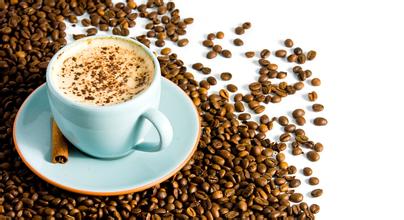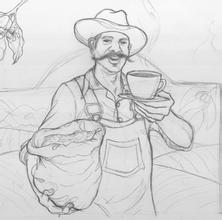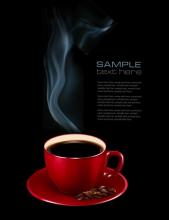Grinding scale Flavor description of Coffee beans treated with Guatemalan Honey
Grinding scale Flavor description of Coffee beans treated with Guatemalan Honey
Shampoo is the most common way for most coffee-producing countries in the world to handle Arabica coffee beans. Some areas also use advanced high-pressure washing machines to clean the peel, pulp and mucous membrane of coffee beans, so fermentation is no longer needed. This method of using a high-pressure washing machine to treat coffee beans is called Pulped Natural silver (Silver Skin/Chaff): there is a thinner film inside the parchment that wraps the coffee beans. Because the color is glossy and silvery, people used to call it "silver skin".
This layer of silver will fall off during baking. Usually when you grind the coffee, you find some silver crumbs in the coffee powder. These crumbs are the silver-skinned coffee beans that fail to peel off the beans when roasted: each fruit contains two coffee beans (except for a single pod Peaberry. The fruit of this kind of coffee contains only one coffee bean. Normally, 5% of each batch of coffee beans is a single pod.
Coffee beans are dried and processed to bake parchment (Parchment): inside the mucous membrane, a film of cellulose surrounds the coffee beans. When dried, the film looks like parchment, hence the name Mucilage: under the skin and pulp, a thick layer of mucus tightly wraps the coffee beans. Because this mucous membrane is extremely sticky and high in sugar, it is used to call it "Honey".
Not only coffee, but also many fruits have a layer of mucus inside. You can check http://en.wikipedia.org/wiki/Mucilage for information about the peel and Skin/Pulp: the outermost layer of coffee beans is covered with berry-like skin and pulp. In addition to the natural sun method, coffee beans treated by other methods must remove the skin and flesh within a few hours after picking. Similar to the cherries we often eat, the difference is that when we eat cherries, we mainly eat the pulp and peel of berries. For coffee, peel and pulp are important by-products. In some places, people use the peel and pulp of coffee to make tea. People in the industry used to call the peel and pulp of coffee "Pulp". The machine used to remove the pulp is called the "desizing machine".

Important Notice :
前街咖啡 FrontStreet Coffee has moved to new addredd:
FrontStreet Coffee Address: 315,Donghua East Road,GuangZhou
Tel:020 38364473
- Prev

Introduction of varieties produced by grinding scale of Ugandan coffee flavor description method
Uganda coffee flavor description treatment method grinding scale production area variety introduction Uganda coffee beans have a unique flavor of delicate flavor, which is very suitable for making Italian and other flavors of coffee. More importantly, Ugandan coffee beans are strictly screened according to the standards of the international market to ensure their high quality and pollution-free characteristics. Coffee is tropical plantation agriculture, affecting agricultural location factors.
- Next

Definition of Fine Coffee Cup Test Grade-American Fine Coffee Association
The definition of boutique coffee cup test grade-the American Fine Coffee Association three taste threshold tests, refers to the sweet and sour taste recognition. One of them is to find out which of the nine cups of water are sweet, sour and salty; one is to distinguish the three concentration levels in each of the three cups of sour, sweet and salty; and the other is three flavors, three grades, that is, nine solutions, which are mixed with each other, and then eight cups are mixed.
Related
- Detailed explanation of Jadeite planting Land in Panamanian Jadeite Manor introduction to the grading system of Jadeite competitive bidding, Red bid, Green bid and Rose Summer
- Story of Coffee planting in Brenka region of Costa Rica Stonehenge Manor anaerobic heavy honey treatment of flavor mouth
- What's on the barrel of Blue Mountain Coffee beans?
- Can American coffee also pull flowers? How to use hot American style to pull out a good-looking pattern?
- Can you make a cold extract with coffee beans? What is the right proportion for cold-extracted coffee formula?
- Indonesian PWN Gold Mandrine Coffee Origin Features Flavor How to Chong? Mandolin coffee is American.
- A brief introduction to the flavor characteristics of Brazilian yellow bourbon coffee beans
- What is the effect of different water quality on the flavor of cold-extracted coffee? What kind of water is best for brewing coffee?
- Why do you think of Rose Summer whenever you mention Panamanian coffee?
- Introduction to the characteristics of authentic blue mountain coffee bean producing areas? What is the CIB Coffee Authority in Jamaica?

